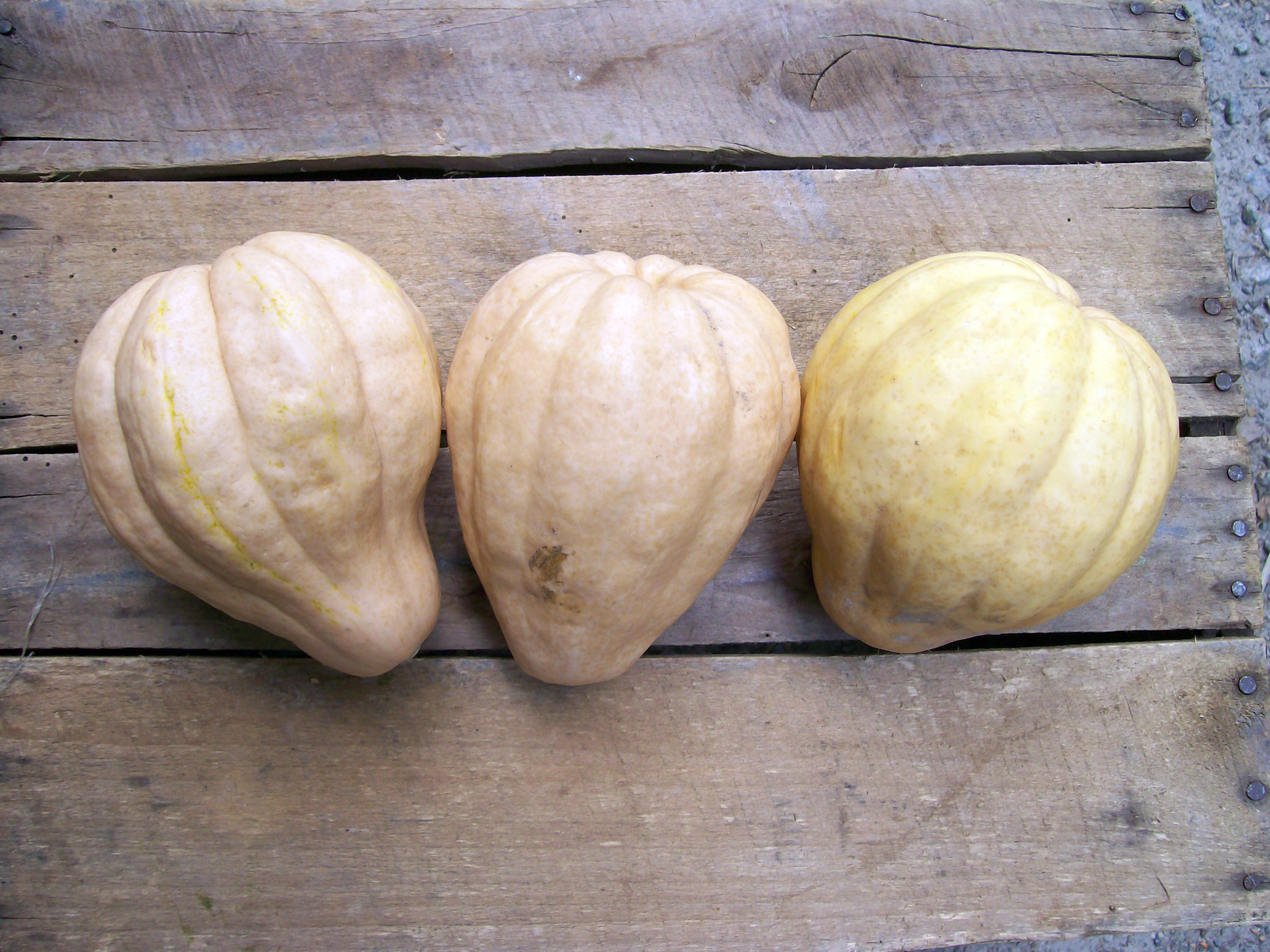
Its waxy moist flesh and sweet flavor make it ideal for boiling, baking and frying, but these potatoes will also withstand grilling, pan frying, and roasting. Yukon Gold can stand up to both dry-heat and wet-heat cooking methods. The Yukon Gold Potatoes have golden skin, bright yellow flesh, and a creamy flavor that is not as sweet as sweet potatoes. Sweet and Yukon Gold potatoes are both root vegetables but come from different families. Japanese sweet potatoes are thought to contain strong anti-aging benefits and a plethora of other essential nutrients including vitamin A, B, C & E, calcium, Magnesium, Iron, potassium, etc. Once cooked, the mildly sweet-flavored soft flesh deepens to a golden, cream-colored hue with a dry, starchy texture. There is no limit to how you can cook this potato, as they are very versatile whether roasted, boiled, steamed, or deep-fried, they are always easy to cook.
#SWEET POTATO ACORN SQUASH CASSEROLE SKIN#
These have semi-rough, textured skin that is garnet-colored with a distinct purplish undertone. Japanese sweet potatoes are called Satsumaimo and are similar to regular sweet potatoes in taste and texture but possess a sweeter taste and softer flesh. Jewel yams are rich in beta-carotene, dietary fiber, vitamin B6, vitamin C, potassium, iron, and calcium. The taste of these potatoes is not as flavorful as traditional sweet potatoes so they may need some seasoning. They have copper skin and deep-orange flesh that’s moist and tender when cooked. The jewel potato is especially great as a substitute for sweet potatoes in traditional baking and casseroles. They belong to the “camote” family of potatoes, so they’re perfectly interchangeable with regular sweet potatoes. Jewel Potatoes are another variety of sweet potatoes but are commonly referred to as yams. Garnet Potato varieties are a low-calorie, nutrient-dense food, packed with vitamin-A (more than carrots) and high amounts of calcium, fiber, iron, and vitamin-E. They have excellent flavor but they are slightly sweeter than a regular sweet potato. They have a light red-purplish skin and an orange-yellow flesh that described as being succulent and moist. Garnet can be substituted for sweet potatoes in almost any dish and in the same quantity without affecting the flavor of the dish compared to the traditional sweet potatoes. So if you can’t find sweet potatoes in your supermarket, try the red yams. Garnet Potatoes are actually a variety of sweet potato but are marketed as “yams” to avoid confusion with the white-fleshed sweet potatoes. The Garnet Potato is also called the red yam, is the closest substitute for the common sweet potato.

There are also other starchy root vegetables with similar taste and texture to sweet potatoes and lastly other vegetables including some squash and pumpkin varieties that can offer an alternative flavor to that of sweet potatoes.Īdditional Tips to Choosing a Substitute 1. Included in the list below are lesser-known sweet potato varieties that can imitate the exact flavor and texture of sweet potatoes.

Japanese Sweet Potatoes (Healthiest alternative).Garnet potatoes (The closest substitute in both taste and texture).These are some of the closest substitutes for sweet potatoes: Then this article will provide you with other options that can be used as a substitute to replicate the texture and flavor. They are a tuber/root vegetable and generally have a mild to a strong level of sweetness with a soft, moist texture.īut if you don’t have sweet potatoes in your home or you just don’t like the flavor. Sweet potatoes are a superfood and are loaded with lots of essential nutrients, including lots of Vitamin A, B6 &C.


 0 kommentar(er)
0 kommentar(er)
